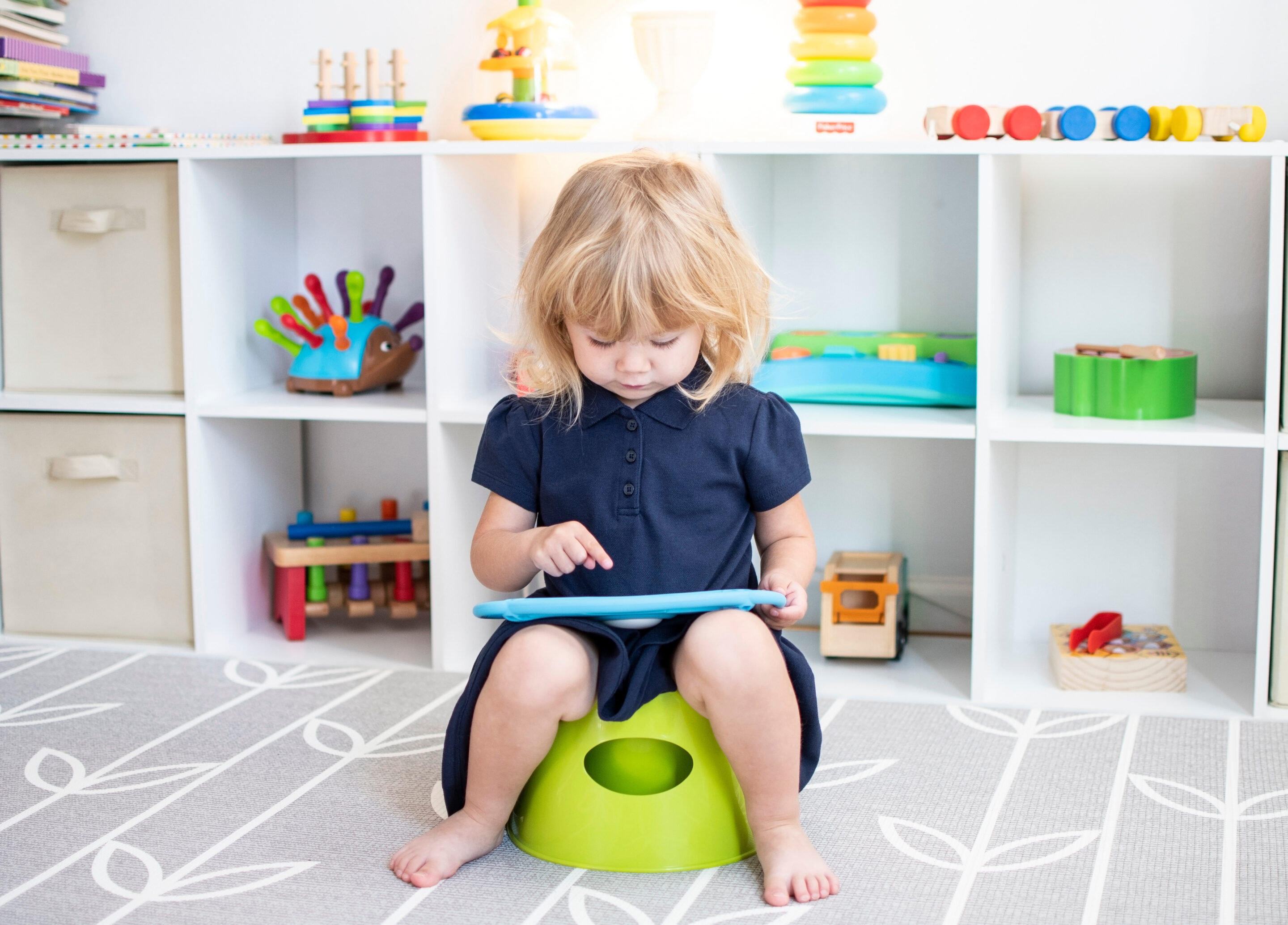Starting a toilet training plan can be both exciting and nerve-wracking for parents and caregivers of an autistic child. Neurodivergent children often experience greater challenges mastering this skill due to factors like communication delays, gastrointestinal (GI) troubles, greater resistance to change and sensory processing differences. However, with the right support and an individualized plan, your child can reach this significant milestone when ready.
Recognize the Signs of Readiness
While you may be eager to dive in and start toilet training, first consider whether your child is ready. Working on this skill too soon can hinder their progress. There are several signs of potty training readiness to look for. Your child doesn’t necessarily need to show all of these. However, the more signs of readiness they show, the more likely they are to be successful with a toilet training plan.
- Stays dry for longer periods of time (e.g., staying dry for 2+ hours and waking up dry after naps).
- Demonstrates increased interest & motivation (e.g., talking about the toilet, demonstrating curiosity when others use the bathroom).
- Has predictable bowel movement.
- Shows an awareness of their bodily functions by hiding or holding their diaper when they need to go.
- If ambulatory can physically navigate their environment, pull their pants up and down and sit down and get up from the toilet without much support.
- Able to follow simple instructions.
ABA-Based Toilet Training Strategies
There are many strategies rooted in behavior analysis that parents can use to support their child in learning how to use the toilet. It’s important to keep in mind that every child has unique needs. What works for one doesn’t always work for the other. Here are a few common components of a behavior-analytic approach to toilet training.
1. Toileting Schedule
This involves trips to sit on the toilet at scheduled intervals throughout the day. Every 30 minutes is usually a good starting point. A visual schedule and/or visual timer can help the child visualize their routine and prepare for upcoming transitions.
2. Teach them to Communicate
As your child begins to connect the dots, they’ll need a way to communicate when they have to use the toilet. Whether they communicate via words, ASL, PECS, or a communication device, always encourage them to express “potty,” “bathroom,” or another specific word before going to the bathroom.
3. Positive Reinforcement
Celebrate your child’s toileting successes. Start small, praising even the little wins, like when they tolerate sitting on the toilet.
4. Wear Underwear Between Sits
Intensive toilet training typically involves getting rid of diapers early on. Keeping your child in diapers while attempting to train them can hinder learning.
5. Remain Calm Through the Accidents
Toilet training won’t always be easy. Your child will likely have many accidents along the way – it’s part of the learning experience! To promote a positive experience, do your best to remain calm throughout the process.
If you think your child is ready for toileting, talk to their behavior analyst. They can help develop a tailored plan that addresses their unique needs.

